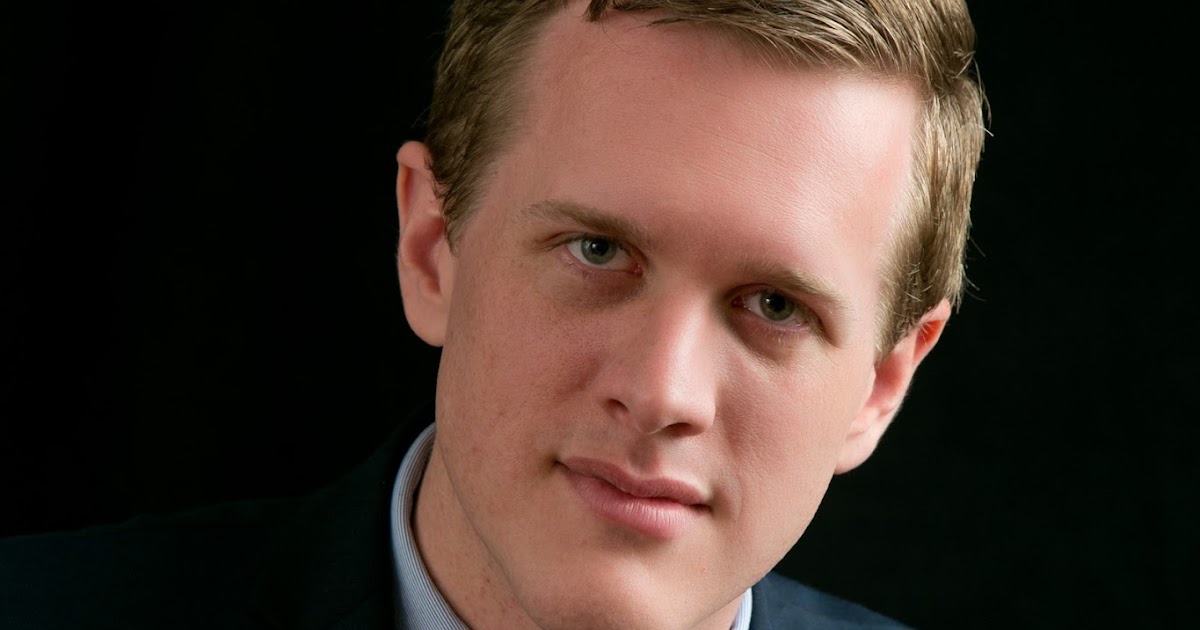Who is Kyle anger and what did he do?
Nov 03, 2021 · Kyle Rittenhouse's defense attorney said the N-word twice in court on Tuesday during opening statements in a trial that will focus on whether the teen was justified in shooting three ... What happened the night of this case was the perfect storm for her acting out on her fear and anger,” the mother’s lawyer wrote. 1d ago. NBC Sports ...
What happened to Kyle Unger’s case?
Nov 11, 2021 · Kyle Rittenhouse listens as Assistant District Attorney Thomas Binger attempts to introduce evidence which was previously blocked by Judge Schroeder during his trial at the Kenosha County ...
Did Kyle ever appeal his conviction?
Oct 30, 2019 · Kyle Anger enters the courtroom during his sentencing in Genesee County Circuit Court in Flint, Mich. Anger was among a group of suspects charged in the October 2017 death of Mt. Morris resident ...
Who are the people charged in the death of John anger?
Kyle and Mr. Beckett parted ways between 2:00 and 2:30, Kyle having declared that he was going to “look for some tail.” ... In an unprecedented and proactive move, the Government of Manitoba, under the leadership of Deputy Attorney General Bruce MacFarlane, set up the Forensic Review Committee, the mandate of which was to ascertain whether ...

Who threw the rock from the overpass?
A teen who "threw the rock" from a Michigan overpass that killed a 32-year-old man was ordered to serve 39 months to 20 years in prison, outraging the victim's family. Kyle Anger, who is nearing his 20th birthday, is one of five teens accused of causing the senseless death of Kenneth White in October of 2017.
Who is David Boroff?
David Boroff. Breaking news reporter David Boroff has worked for the Daily News since 2006. A native New Yorker, Boroff loves everything about the city, especially the great restaurants, the theater and Central Park. And he is endlessly (and hopelessly) rooting for the Mets, Jets and Knicks to return to glory.
Did Kyle get compensation for his time in jail?
As mentioned above, although the Manitoba Crown chose to withdraw the charges against Kyle on October 23, 2009, it was not willing to offer Kyle any financial compensation for the 14 years that he spent in jail. On September 21, 2011, Kyle launched a civil lawsuit naming the RCMP officers and prosecutors who were involved in his wrongful conviction, [17] seeking $14.5 million in damages. [18] Notably, one of the prosecutors in Kyle’s case, George Dangerfield, has also contributed to the wrongful convictions of at least three other Innocence Canada clients: Thomas Sophonow, James Driskell and Frank Ostrowski. Kyle’s civil proceedings are still ongoing. So far both the Attorney General’s Office and the RCMP have refused to take any responsibility for Kyle’s wrongful conviction, instead maintaining that the damage he suffered was “caused or significantly contributed to by … [his] own conduct, which includes, but is not limited to, his repeated admissions of having committed the offence for which he was convicted.” [19] In other words, these officials are implicitly defending the coercive Mr. Big techniques that they employed to induce Kyle to confess to a crime he did not commit. The court date to hear Kyle’s lawsuit has not yet been set.
What is a jailhouse informant?
Jailhouse informants, sometimes referred to as in-custody informers, are notoriously unreliable sources of testimony and have contributed to many wrongful convictions . According to statistics compiled by the Innocence Project at the Cardozo Law School in New York: [5]
How long did Kyle go to jail?
As in most cases that end in a wrongful conviction, there were many factors that contributed to Kyle spending 19 years – 14 of them in jail – during which he was incorrectly believed to have committed a brutal sexual assault and murder. The most significant of these causes are described below.
When was hair microscopy accepted as science?
When Kyle was tried in the early 1990s, “hair microscopy” was accepted as “science” in courtrooms across the country. Following James Driskell’s exoneration, an Inquiry was held to determine the causes of his wrongful conviction. Commissioner LeSage recommended in the resulting Report that “microscopic hair comparison evidence should be received with great caution and, when received, jurors should be warned of the inherent frailties of such evidence. ” [14] Following the creation of Manitoba’s Forensic Evidence Review Committee, all Canadian legal jurisdictions reviewed their use of hair comparison evidence. [15] The advent of DNA technology has to some extent rendered hair microscopy obsolete, and so its evidentiary unreliability is less likely to contribute to wrongful convictions in the future.

Popular Posts:
- 1. which cabinet department is headed by the attorney general quizlet
- 2. what is an assistant attorney
- 3. how old does a attorney general have to be to serve
- 4. when can an attorney recall a witness
- 5. how to take screenshots in ace attorney
- 6. how do i sign with durable power of attorney
- 7. in pa what paperwork is necessary to execute power of attorney
- 8. district attorney who went after 6 cops
- 9. who records power of attorney in kenton co
- 10. on law & order svu who is the attorney that olivia benson does not like who just got out of jail